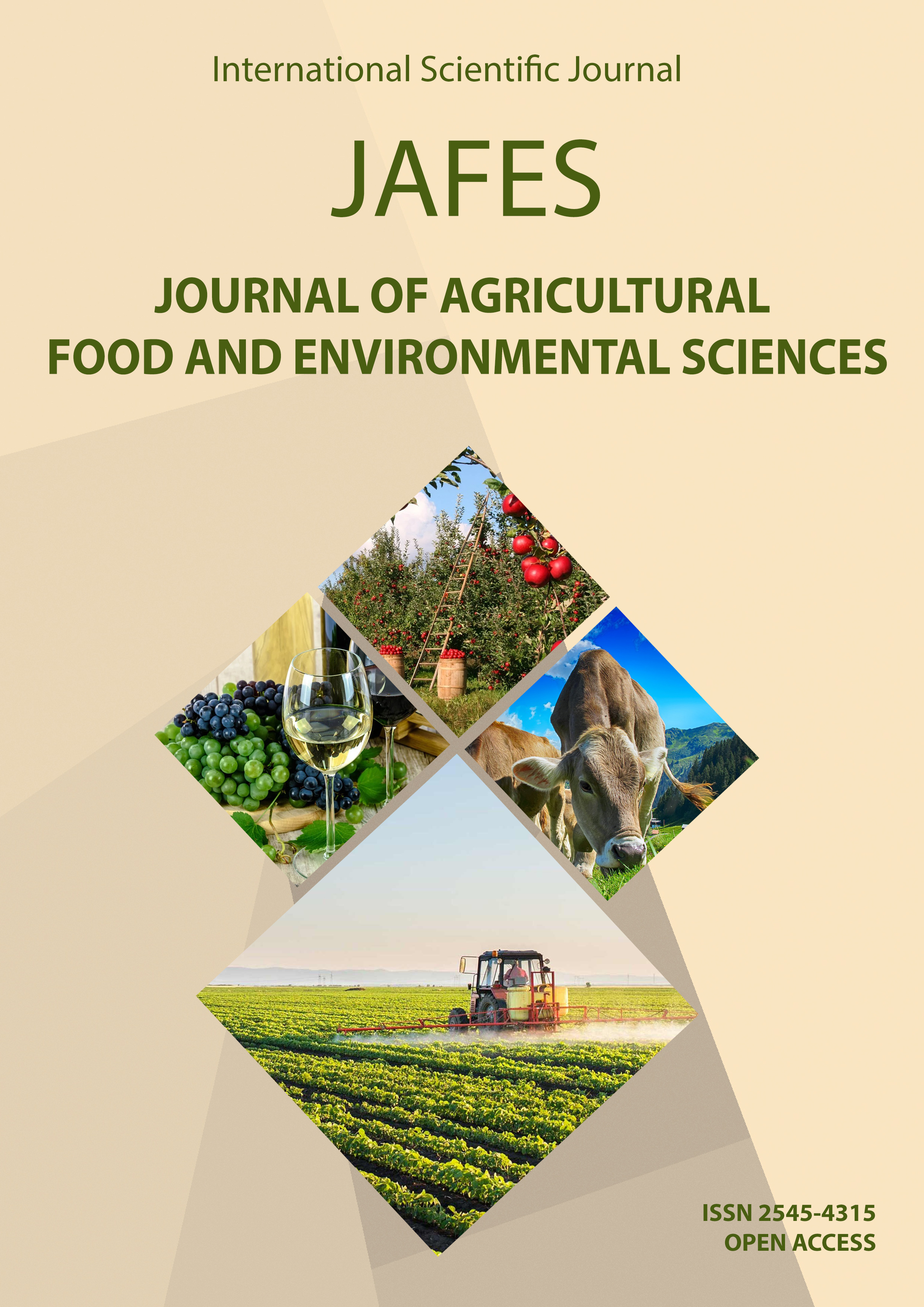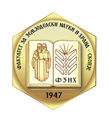PRINCIPAL COMPONENT AND CLUSTER ANALYSIS AS A TOOL IN THE ASSESSMENT OF DIFFERENT WHEAT SPECIES AND THEIR GENOTYPES
Keywords:
wheat, cluster, PC, morphology, traits, variabilityAbstract
Determination of genetic relationships and determination of best criteria for selection of lines to be included in future breeding program is an invaluable aid in crop improvement. Various statistical techniques have been used to study diversity among different genotypes. Among these techniques multivariate is most frequently used one for the genetic association of genotypes. The present study was undertaken to screen genetic variation among 95 genotypes of wheat for their morphoagronomic traits. Five quantitative traits: plant height, number of fertile tillers, spike length, number of grains per spike, weight of grain per spike were evaluated by PCA and two-way cluster analysis. Three main principal components were determined explaining 85.75% of the total variation among the genotypes. 37.71% of the variation is explained by PC1 which reflects number of grains per spike, weight of grain per spike. PC2 and PC3 explained 28.19% and 19.85% of the total variance, mostly in relation to number of fertile tillers and the plant height, respectively. Biplot graph revealed strongest positive association between number of grains per spike and weight of grain per spike and negative association between spike length and number of fertile tillers. Two-way cluster analysis resulted with a dendrogram with one solely separated genotype, inferior for most of traits and four main clusters of genotypes defined with wide genetic diversity especially between the groups within the first cluster. From the findings of present study genotypes with high values for specific traits can be directly recommended for general cultivation or to be used in future breeding programs.



